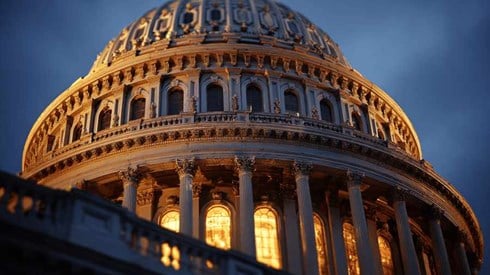Connecticut is one of the newer and smaller captive domiciles in the United States, with significant growth lying ahead, state captive experts predict.
Just over a decade ago, Connecticut lawmakers passed legislation authorizing captive formation in the state.
While the number of Connecticut captives—compared to many other domiciles—is small, one-third of the captives are owned by Fortune 500 companies.
Connecticut, which licensed its first captive in 2012, has seen strong growth in its captive count in recent years. At the end of 2024, Connecticut had 59 captives, up from 53 in 2023 and just 16 in 2019.
That high growth, says Connecticut Insurance Commissioner Andrew Mais, is due to several factors.
"Connecticut has everything a captive needs to succeed: a convenient location, thriving ecosystem, modern captive laws, low fees, insurance innovation, and responsive, experienced regulators," Mr. Mais said.
Others also applaud the strength of the Connecticut Insurance Department, which has "displayed excellent leadership, experience and expertise, and a business-friendly attitude towards captive insurers and the industry," said P.J. Cimini, president of the Connecticut Captive Insurance Association.
In addition, Fenhua Liu, assistant deputy commissioner of the Connecticut Insurance Department's Captive Insurance Division, notes that the "department collaborated with Connecticut Insurance Financial Services, Connecticut Captive Insurance Association, Connecticut Society of CPAs, National Network of Accountants, InsurerTech Hartford, and the Connecticut Department of Economic and Community Development in the 'Reimagining Business Insurance' initiative to educate businesses on how captives fill gaps in coverage."
Another attraction is the depth of insurance talent in Connecticut, which for decades has been informally known as an "insurance capital."
"This is an insurance center of excellence," said Stephen DiCenso, past president and current board member of the Connecticut Captive Insurance Association and a principal and consulting actuary with Milliman Inc. in Wakefield, Massachusetts.
Connecticut legislators also have been highly receptive to considering and making changes to the state's captive statute to keep competitive with other states' laws.
"We have worked with legislators to keep the law fresh," said Michael Serricchio, senior vice president with Marsh Captive Solutions in Norwalk, Connecticut.
Indeed, Connecticut lawmakers have made numerous changes to the state's captive statute during the last few years.
For example, legislation passed in 2014 laid down provisions captives have to follow when moving to Connecticut from another domicile, as well as expanded the types of coverage a branch captive can write.
In 2017, lawmakers approved a measure that gave the state insurance commissioner discretion to allow captives—except risk retention groups—to maintain less than the required unimpaired paid-in capital and surplus. The measure also allows pure, sponsored, or industrial insured captives to apply for a certificate of dormancy if they have stopped doing business.
And, in 2018, legislators approved a measure that authorized agency captives as a new captive type.
Legislation passed in 2022 lowered the minimum capital and surplus requirement, gave the insurance commissioner the authority to set a higher required level of capital and surplus to meet policy obligations, allowed the insurance commissioner to waive examinations for pure captives and their branches, and removed the limitation on a captive to only assume reinsurance on risks that such a captive is authorized to write directly. The legislation also removed the "association" entity existence time requirement prior to forming an association captive, adds "controlled unaffiliated business" to sponsored captive participants, and provides a 3-year look-back amnesty program for Connecticut businesses that own captive outside of the state.




